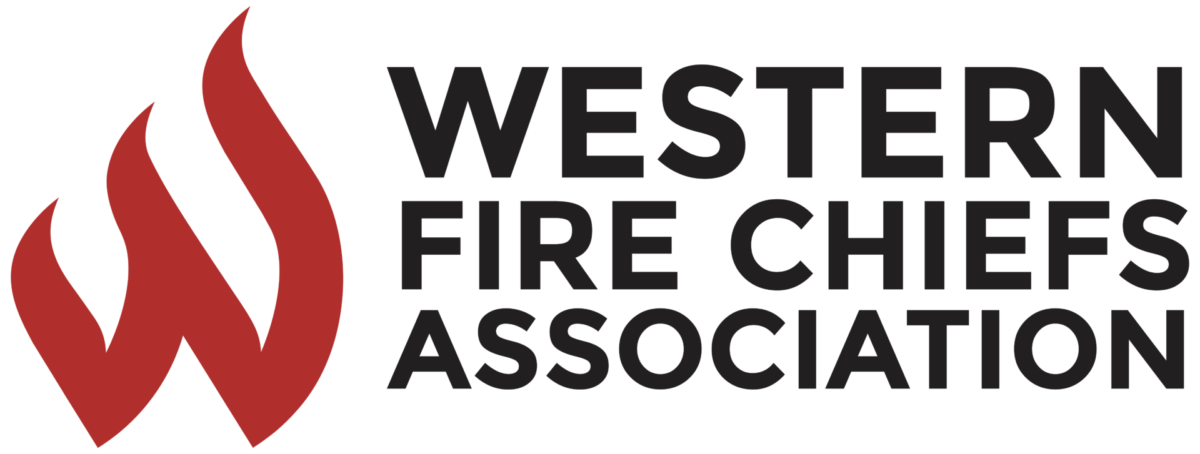WFCA Launches Applied Sciences Center for Resilience Studies to Bridge Research and Practice
Published:August 9, 2023
Edited:November 15, 2023
The Western Fire Chiefs Association (WFCA) is taking a pioneering step in its mission to lead, educate, support, and protect by unveiling the Applied Sciences Center for Resilience Studies (ASC). The ASC creates a nexus between research and practice, fostering collaborations among communities, government bodies, industries, and academia to enhance society and community resilience through robust research and development initiatives.
The ASC’s inaugural research endeavor is backed by funding from NASA’s Earth Applied Sciences Wildland Fires program area. The prime objective of ASC is to formulate a versatile decision matrix and model which can be used to evaluate existing and future investments in wildland technologies, doctrine, and operations to improve our first responders’ ability to operate in the rapidly changing regime of increased wildfire threat. The vision for this project was a collaborative effort developed with input from the Moore Foundation and former State Fire Marshal of California, Chief Kate Dargan, in response to the increasing threats of wildland fires and the challenges associated with gathering actionable intelligence to support more effective response.
Dr. Katelynn Kapalo and co-investigator Brian Collins will spearhead this effort, with a focus on pinpointing crucial technology investments for the initial 24 hours of a fire at the wildland-urban interface. “Our central goal is to support incident management teams making decisions in dynamic and changing environments where intelligence gathered and resource management is critical to the decision-making process,” said Collins and Kapalo. For this project, ASC will collaborate with Processus and Obsidian, as project activities will be focused on leveraging data and decision science expertise in use across the military, training, and medical fields.
Dr. Michael Falkowski, the Program Manager for the NASA Earth Applied Sciences Wildland Fires program, also expressed support for the project. “An underpinning goal of the NASA Earth Applied Sciences Wildland Fires program is to understand challenges that decision makers face when integrating science and technology into the decision making space, and subsequently collaborate with those decision makers to co-develop solutions. Results from the ASC project will help NASA better understand the complex decision making space faced by wildland fire managers and potential barriers that exist in the integration of science and technology into operational protocols,” Dr. Falkowski said.
Chief (ret.) Bob Horton, ASC Director, expressed enthusiasm for the approach. “We are proud to have the confidence of NASA to conduct this important work. Our role is to connect the research community and experts from other domains to practitioners on the ground. This initiative will directly benefit our firefighters and offer guidance to academia and industry alike, spurring innovation and progress.”
The launch of the Applied Sciences Center for Resilience Studies is a defining moment for the Western Fire Chiefs Association, making a lasting contribution to the knowledge base in building resilient communities and a resilient fire service. WFCA President Mark Niemeyer marked the occasion, saying “The WFCA is expected to bring innovation into the fire service. The ASC shows our commitment to doing just that, and we are excited to be unveiling it, and looking forward to announcing our new partners and projects in the coming weeks.”
For more information about the Applied Sciences Center for Resilience Studies and the Western Fire Chiefs Association, please visit https://wfca.com/applied-sciences-center/.
For media inquiries please contact:
Bob Horton
Director, ASC
Email: [email protected]
Disclaimer statement:
The material contained in this document is based upon work supported by a National
Aeronautics and Space Administration (NASA) grant or cooperative agreement. Any
opinions, findings, conclusions or recommendations expressed in this material are those
of the author and do not necessarily reflect the views of NASA.

